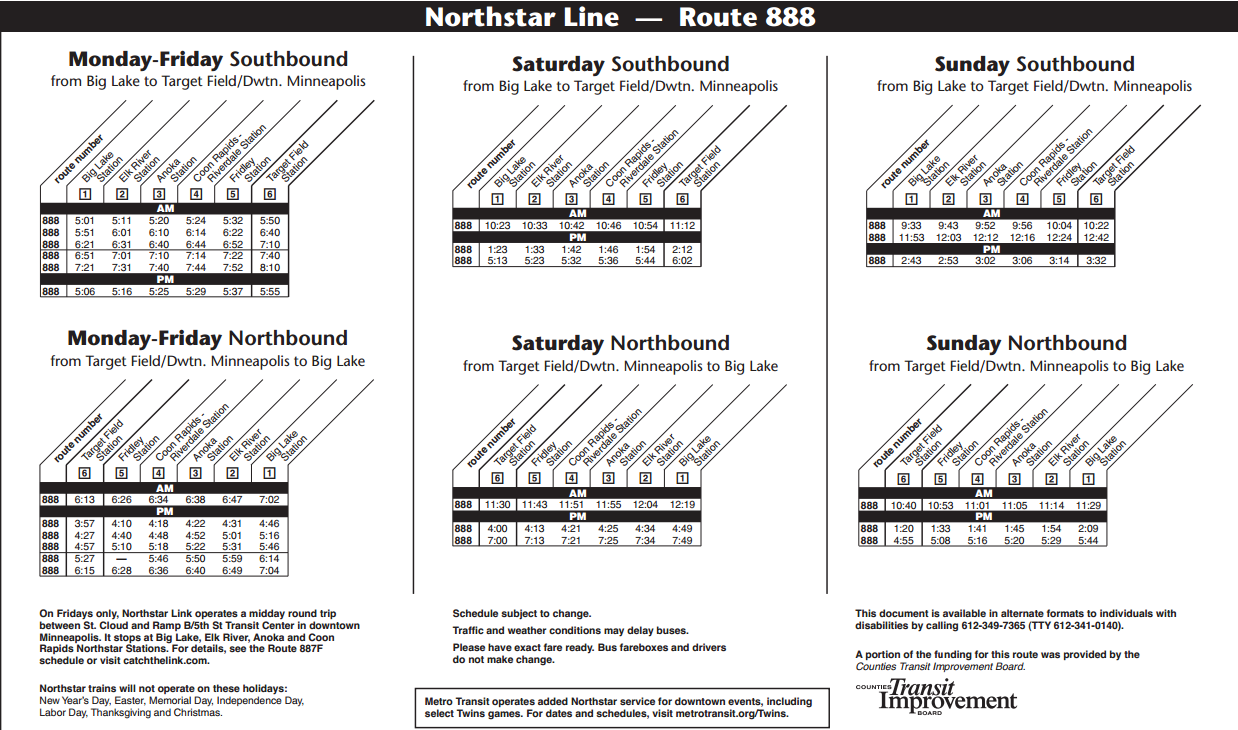Is it typical for commuter rail to have padding on the ends of the trip, much like Amtrak does? It would seem, especially since there's a lot of point-to-point (not necessarily endpoint to endpoint) that timing could be an issue, especially since commuter rail is expected to be time-sensitive (as people use it for commutes to work and such.)
Northstar puts a 5-minute padding on a route that is only 49 minutes (or 44 without padding)...that's over 10% schedule padding!

Northstar puts a 5-minute padding on a route that is only 49 minutes (or 44 without padding)...that's over 10% schedule padding!




